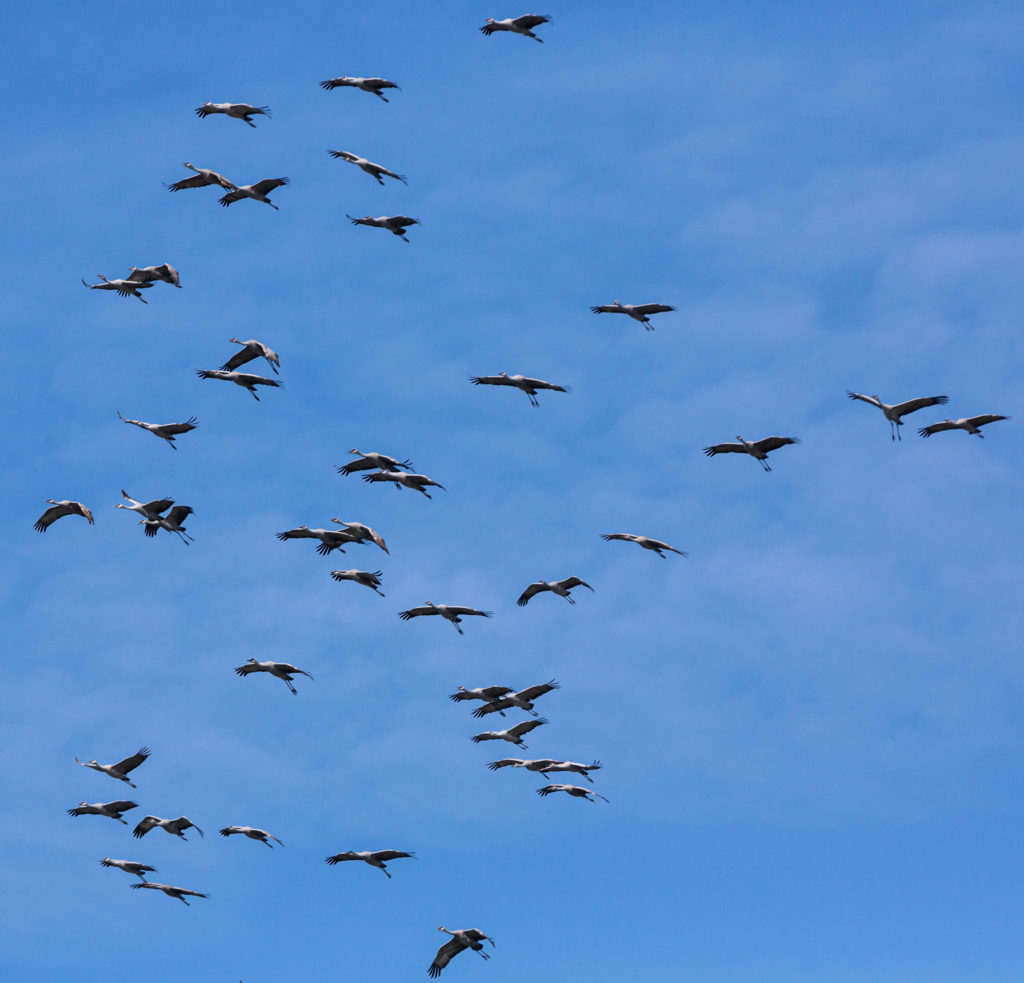
We spent last weekend in the San Joaquin Valley looking at birds. Thousands and thousands of birds — snow geese and white-fronted geese, shovelers, pintails and teals, killdeer and meadowlarks, avocets and ibises, stilts and wrens, red-winged blackbirds and red-tailed hawks, tundra swans and sandhill cranes.
Part of the experience of entering into the world of the birds is the sound. Actually: part of the experience? Visiting these places where tens or hundreds of thousands of migrating birds have gathered is mesmerizing, electric, sometimes overpowering, utterly enveloping and at moments gives a hint of what this place we live was like before we began the project of radically reshaping it.
Here are three snippets of that sound. The first is from Super Bowl Sunday, when Kate and I found ourselves virtually alone — except for the birds — in the 10 square miles of the Los Banos National Wildlife Refuge. After that clip are a couple from the Merced National Wildlife Refuge — the crazily energetic stylings of a marsh wren and a surprise overflight of about 300 sandhill cranes at midday on Valentine’s Day.

